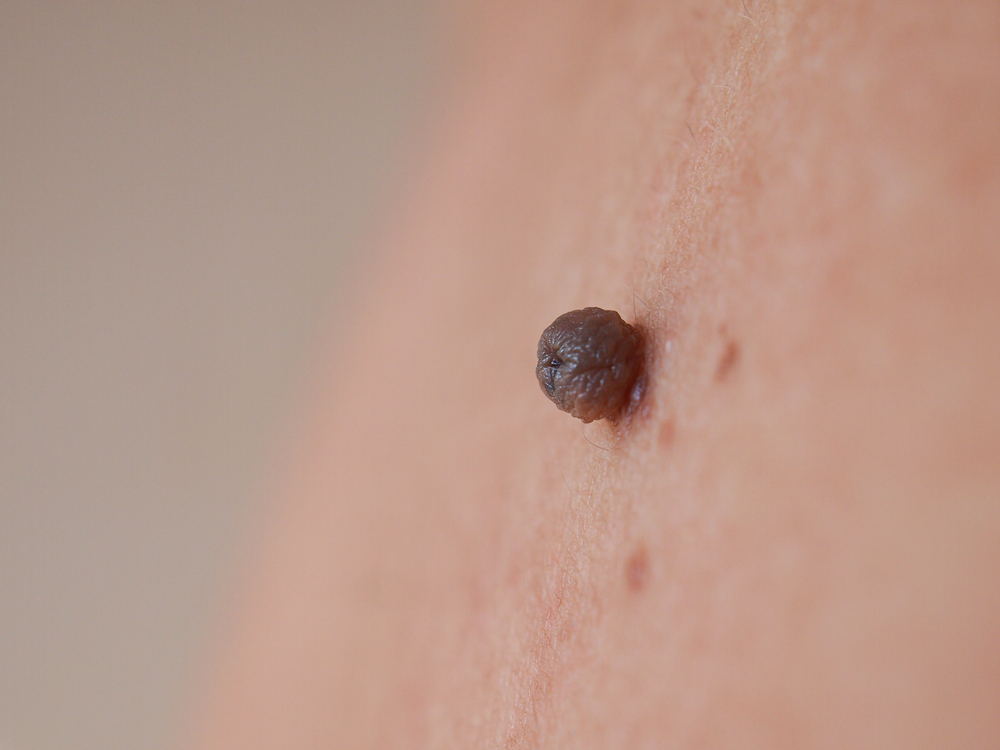Warts are small, benign growths on the skin caused by the human papillomavirus (HPV). They can appear anywhere on the body and vary in appearance, ranging from rough, raised bumps to flat, smooth patches. Though warts are generally harmless, they can be unsightly, uncomfortable, and at times, painful. For those struggling with persistent warts, the search for an effective treatment can feel overwhelming.
As medical science advances, new methods for wart removal have emerged. In fact, warts clinical research trials continue to explore innovative treatments to help individuals manage and eliminate warts safely. This blog will explore the various wart removal techniques available today, from over-the-counter solutions to advanced medical procedures. Let’s dive into the safe and effective treatments that can help you get rid of warts for good.
Understanding Warts: Types and Causes
Before discussing treatment options, it’s important to understand what warts are and why they form. Warts are caused by HPV, which infects the skin’s top layer. The virus enters the body through small cuts, abrasions, or damaged skin, leading to the rapid growth of skin cells that form a wart. Although warts are contagious, not everyone who encounters the virus will develop a wart.
There are different types of warts, including:
- Common warts: Rough, raised bumps, usually on the hands or fingers.
- Plantar warts: Found on the soles of the feet, they may cause pain when walking.
- Flat warts: Smaller, smoother warts are often found on the face or legs.
- Filiform warts: Elongated warts typically found around the mouth, eyes, or nose.
- Genital warts: Spread through sexual contact and are associated with certain types of HPV.
Now, let’s take a look at the different wart removal techniques that can help you manage and remove warts effectively.
Over-the-Counter (OTC) Treatments
For many people, over-the-counter treatments are the first line of defense against warts. These treatments are generally accessible and easy to use at home. OTC wart treatments typically contain active ingredients like salicylic acid or cryotherapy compounds.
-
Salicylic Acid
Salicylic acid is one of the most commonly used treatments for warts. It works by softening the skin, allowing the wart to slough off over time. It is available in various forms, including gels, liquids, and pads. Salicylic acid works best for common warts, but it may also be effective for plantar warts.
How to Use:
- Apply the solution directly to the wart and cover it with a bandage.
- Repeat this process daily until the wart disappears, usually within a few weeks.
-
Cryotherapy (Freezing)
Cryotherapy, or freezing, is another popular over-the-counter method. It involves applying a freezing agent (usually liquid nitrogen) directly to the wart, which causes the tissue to freeze and eventually fall off. While OTC freezing kits are available, they may not be as effective as those used by healthcare professionals.
How to Use:
- Apply the freezing solution to the wart using a cotton swab.
- Be cautious not to freeze healthy skin around the wart.
Cryotherapy works well for small, common warts and can be performed multiple times to remove stubborn warts.
Medical Wart Removal Techniques
When OTC treatments don’t work or when warts are particularly large, painful, or persistent, medical intervention may be required. There are several medical wart removal techniques that a healthcare professional may recommend.
-
Laser Treatment
Laser therapy is a cutting-edge technique that uses high-energy light to destroy wart tissue. This treatment is particularly useful for warts that are deep or have not responded to other treatments. Laser treatment works by targeting the blood vessels that supply the wart, effectively cutting off its nutrient supply and causing it to shrink and fall off.
How It Works:
- A laser is aimed at the wart, causing the tissue to heat up and break down.
- Multiple sessions may be required for larger warts.
Laser treatment is effective for difficult-to-remove warts, but it may come with a higher cost and a longer recovery period compared to other options.
-
Electrosurgery
Electrosurgery, also known as cauterization, uses an electric current to burn off the wart tissue. It is typically done in a medical office under local anesthesia. Electrosurgery is often used for warts that are resistant to topical treatments or for warts in sensitive areas.
How It Works:
- The doctor uses a small electric probe to burn the wart tissue.
- This technique can remove both the wart and some surrounding tissue, making it effective for larger or more stubborn warts.
Electrosurgery is quick, but it may leave a scar, so it’s not recommended for everyone.
-
Surgical Removal
In some cases, a doctor may decide to surgically remove the wart. This method is usually reserved for larger or deeply rooted warts, especially when other treatments have failed.
How It Works:
- The wart is removed by cutting it out with a scalpel.
- A local anesthetic is used to numb the area before the procedure.
Surgical removal may require stitches and have a longer recovery time, but it can be very effective for large, painful, or hard-to-remove warts.
Alternative Treatments for Warts
Some people may seek alternative treatments when traditional methods don’t work. While these remedies may not be supported by as much scientific research as standard treatments, some individuals have found success with them. It’s always best to consult with a healthcare provider before trying alternative treatments.
-
Garlic
Garlic is known for its antiviral and antibacterial properties. Some people believe that applying garlic directly to the wart can help kill the virus and promote healing. The active compounds in garlic may help break down the wart tissue over time.
How to Use:
- Crush a clove of garlic and apply it directly to the wart.
- Cover it with a bandage and leave it on overnight.
- Repeat this process for several days until the wart disappears.
While garlic is natural and inexpensive, it may cause skin irritation in some people.
-
Duct Tape Occlusion Therapy
Duct tape occlusion therapy is a simple at-home treatment that involves applying a small piece of duct tape to the wart and leaving it on for several days. The idea is that the tape creates a moist, airtight environment that may help to break down the wart tissue.
How to Use:
- Cut a small piece of duct tape and apply it to the wart.
- Leave it on for about six days, then remove it and soak the wart in warm water.
- Gently file the wart with an emery board and repeat the process until the wart disappears.
Although duct tape therapy may sound odd, studies have shown that it can be effective for some people.
Exploring Warts Clinical Research Trials
While many of the treatments discussed above are widely available, warts clinical research trials are exploring even more advanced treatments for warts. Clinical trials test the safety and effectiveness of new treatments, including vaccines and antiviral therapies, that could one day provide more permanent solutions for warts. If traditional treatments haven’t worked for you, clinical trials may offer an opportunity to access cutting-edge therapies under the guidance of medical professionals.
To find clinical trials near you, consult your doctor or visit online databases that list ongoing medical studies.
You may also read: Common Triggers of Warts and How to Avoid Them
Conclusion: Finding the Right Wart Removal Treatment for You
If you have warts, don’t despair. There are many safe and effective options available to help remove them. Whether you start with over-the-counter treatments, seek professional medical help, or explore alternative remedies, there’s a solution out there for you.
It’s important to remember that the effectiveness of wart removal treatments varies from person to person, and some warts, especially stubborn or painful plantar warts, may require more specialized care. If your warts are persistent or causing discomfort, consult a healthcare provider to discuss the best treatment for your specific needs. With the right treatment plan, you can be on your way to wart-free skin in no time.



